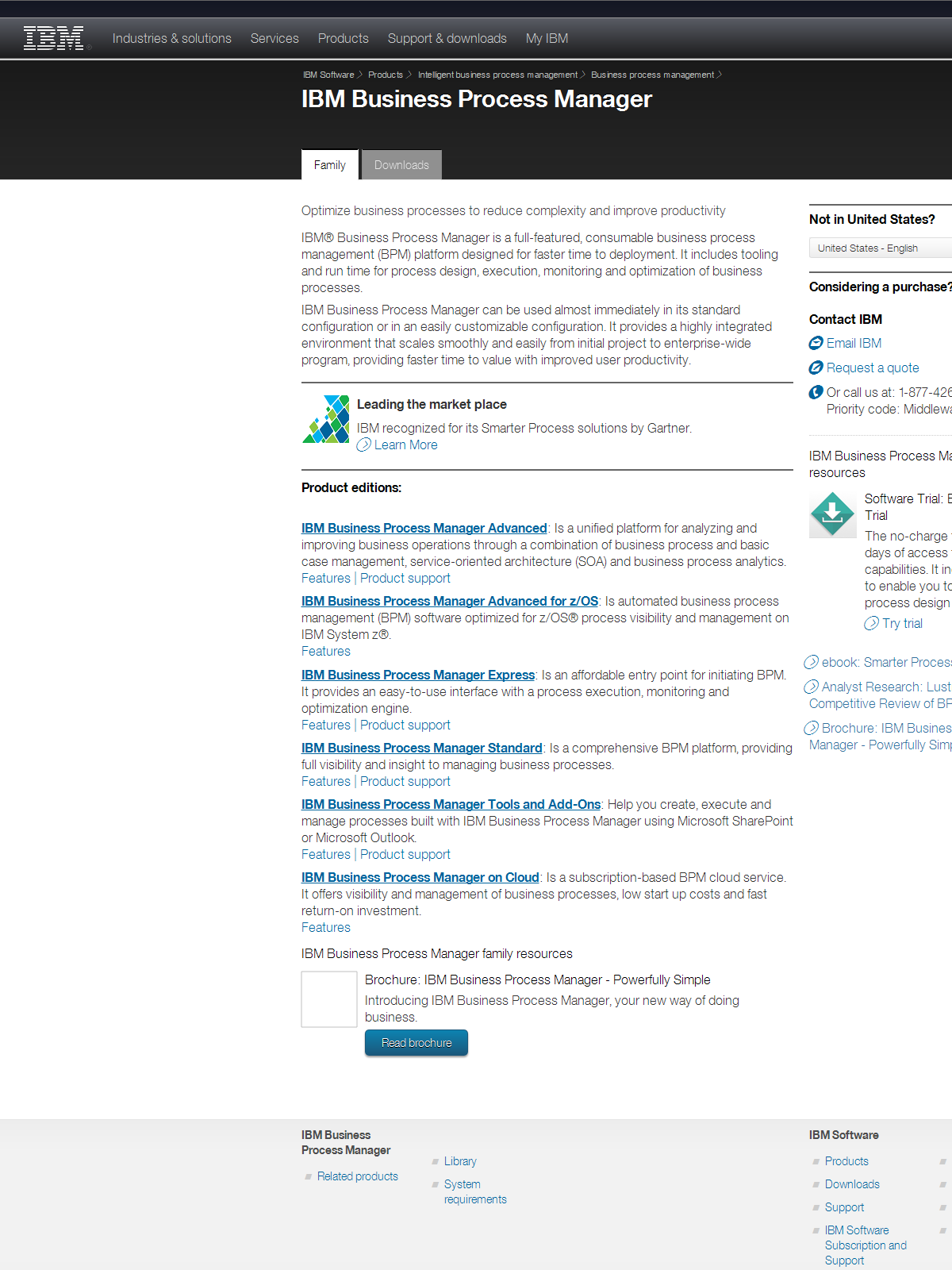


Version 2.0 builds on previous versions by providing a richer standard set of symbols and notations, allowing more detail for those who need it. OMG intends for BPMN 2.0 to standardize business process modeling in the same way that Unified Modeling Language (UML) standardized software modeling.īPMN requires a commitment of time and energy, but the payoff in understanding and improvement can be huge. One track is business-oriented, and the other is technical. The Object Management Group (OMG) provides five certifications in BPMN 2.0 called OCEB 2, which stands for OMG-Certified Expert in BPM 2.0. At its most sophisticated, BPMN is conducted by credentialed analysts. One main XML standard is called BPEL or BEPEL4WS, standing for Business Process Execution Language for Web Services.īusiness Process Modeling can range from simple, hand-drawn diagrams to more involved ones with expandable elements to provide sufficient implementation detail. It also helps with communication leading to XML (Extensible Markup Language) documents needed to execute various processes. It allows for easier communication and collaboration to reach the goal of an efficient process that produces a high-quality result. The diagramming can be far easier to understand than narrative text would be. Ideally, it bridges the gap between process intention and implementation by providing sufficient detail and clarity into the sequence of business activities. It provides a standard, common language for all stakeholders, whether technical or non-technical: business analysts, process participants, managers and technical developers, as well as external teams and consultants. At a more involved level, it’s targeted at the people who will implement the process, giving sufficient detail to enable precise implementation. At a high level, BPMN is targeted at participants and other stakeholders in a business process to gain understanding through an easy-to-understand visual representation of the steps.


 0 kommentar(er)
0 kommentar(er)
